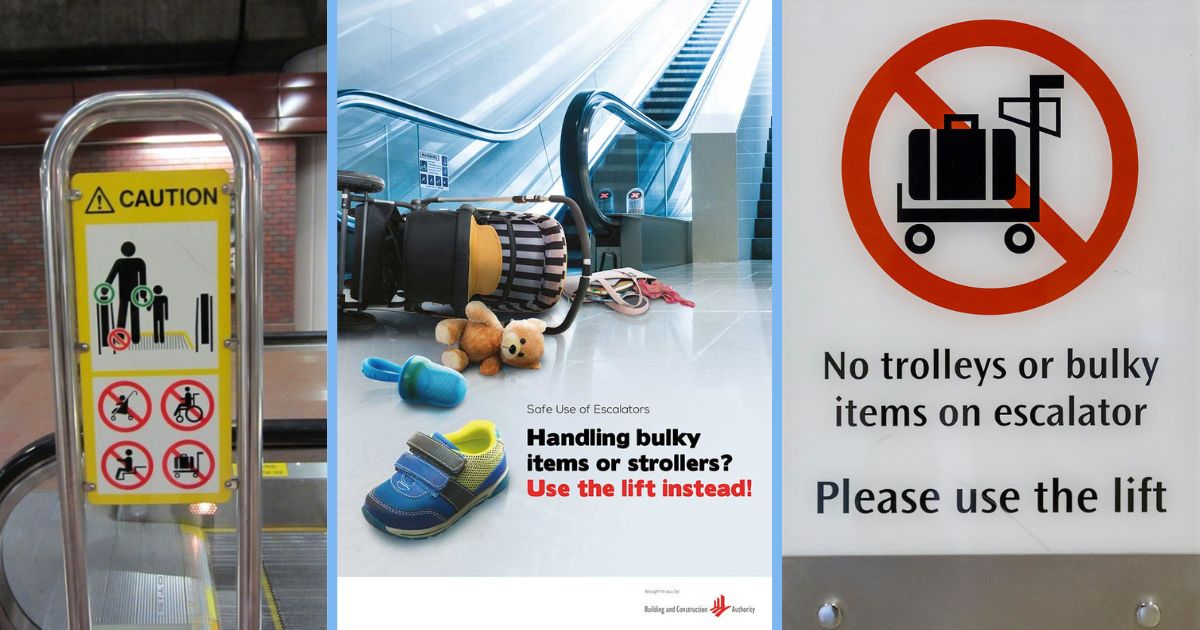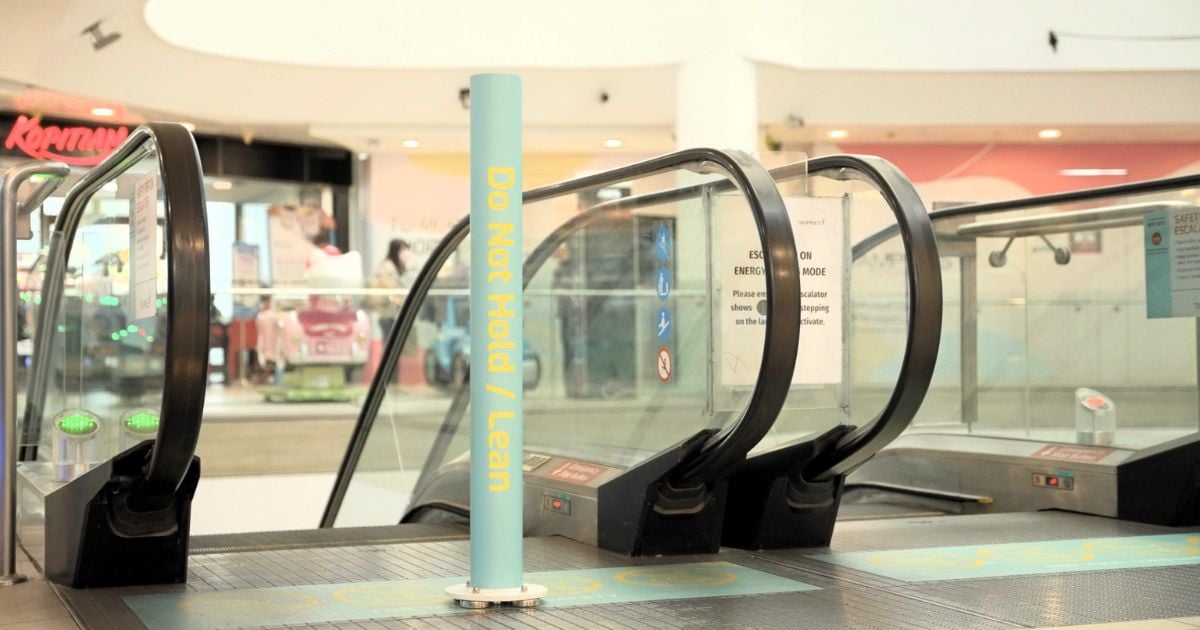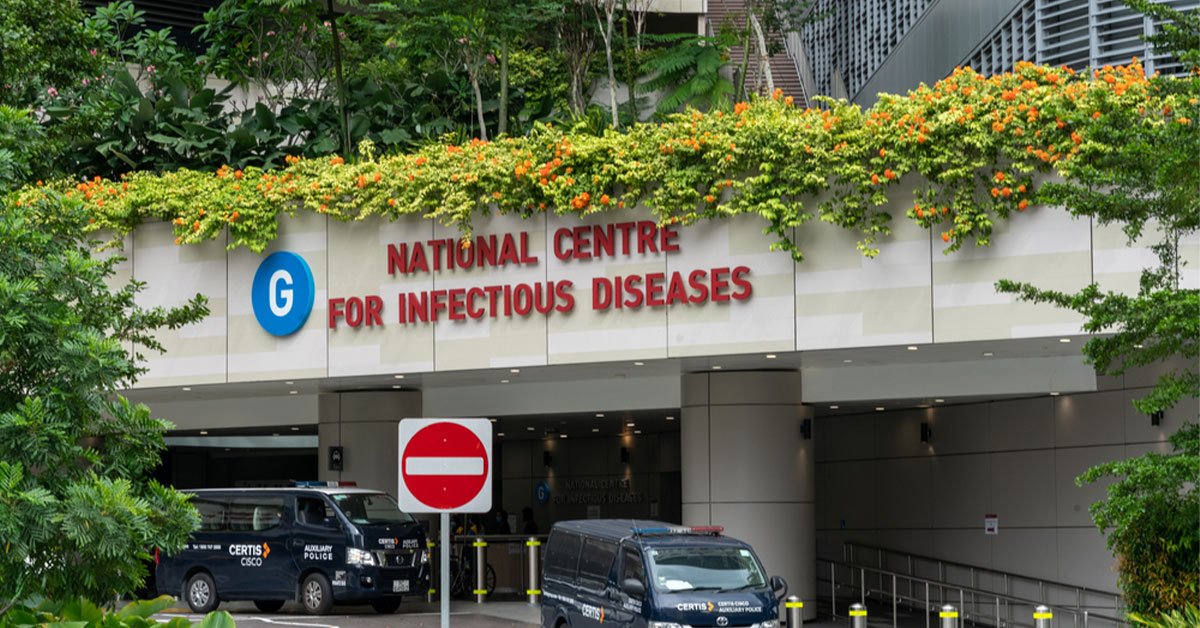Magnetic Safety Measures: Frasers Property Singapore Implements Innovative Pillars to Enhance Escalator Safety Across Shopping Malls
If you’ve visited Causeway Point, The Centrepoint, Tiong Bahru Plaza, or Tampines Mall lately, you’ve likely noticed the installation of magnetic pillars at the escalators.

In an effort to ensure public safety, Frasers Property Singapore installed magnetic pillars on the escalators in the above four shopping malls as part of a program to improve workplace safety and health practices.
But Why the Need for Such Measures?
Before we start complaining, “Eh walao, why must block me?” or “This one safe meh?” and yada yada about the potential inconvenience, we must always remember that everything exists for a reason, so let’s dive in deeper.
I am sure we have heard many horror stories of people’s shoes and clothes getting trapped on the sides of escalators, some cases even resulting in injuries. In Singapore, escalators were the cause of 29 injuries per month in 2018.
(Also did you know? The reasons why brushes exist at the side of the escalators is to – no, not clean your shoes – act as a barrier between people’s feet and the potential metal death trap.)
The same way people’s clothes or shoes can get caught on escalators, large wheeled items such as prams, strollers and trolleys can also be trapped the same way if the user is not careful.
In such cases, entire steps can be dislodged, or the escalator’s safety mechanism can kick in and cause a sudden stop, causing potential injuries to not just the user, but other innocent passengers.

In fact, signs and posters are often put in plain sight of escalator commuters to dissuade them from handling bulky items, but they sadly go ignored in favour of convenience.
According to the Building and Construction Authority (BCA), the majority of escalator incidents reported were largely due to user behaviour. 60% of these cases require hospital treatment.
The BCA states that these incidents occur “most often at MRT stations and shopping malls where human traffic is high”.
Back to the heroes of our story: the pillars, if you will.
By implementing these pillars at the front of escalators, it blocks shoppers from pushing large items onto escalators, directing them to opt for the much safer elevators instead.
“Okay, but has it been proven to work?”
In a press release on 27 November 2023, Frasers Property Singapore disclosed that they had first piloted a trial program at Tampines Mall from April to July last year.
The four-month pilot project was conducted in collaboration with the BCA, and has proved to be successful, reducing the number of people pushing strollers, prams, and large items onto escalators by about half.
Frasers Property Singapore emphasizes the pillars’ sturdiness and resistance to dislodgement, offering flexibility compared to traditional fixed bollards. They are easily installed and can be placed closer to escalator entrances, effectively discouraging the pushing of large items.
Importantly, in emergencies, these magnetic pillars can be swiftly removed to avoid obstructing pathways.
Following this successful trial, the magnetic pillars have been implemented in three additional malls: Causeway Point, The Centrepoint, and Tiong Bahru Plaza.
The press release concluded with Frasers Property Singapore vowing to collaborate with BCA to explore more solutions to enhance escalator safety.
While these magnetic pillars mark a positive stride in escalator safety, public awareness and cooperation remain crucial in preventing accidents, emphasising the importance of responsible behaviour for a secure shopping experience.
Let’s make safety a shared responsibility. The next time you approach an escalator, instead of complaining about it, remember that the magnetic pillars are there to protect us all.



